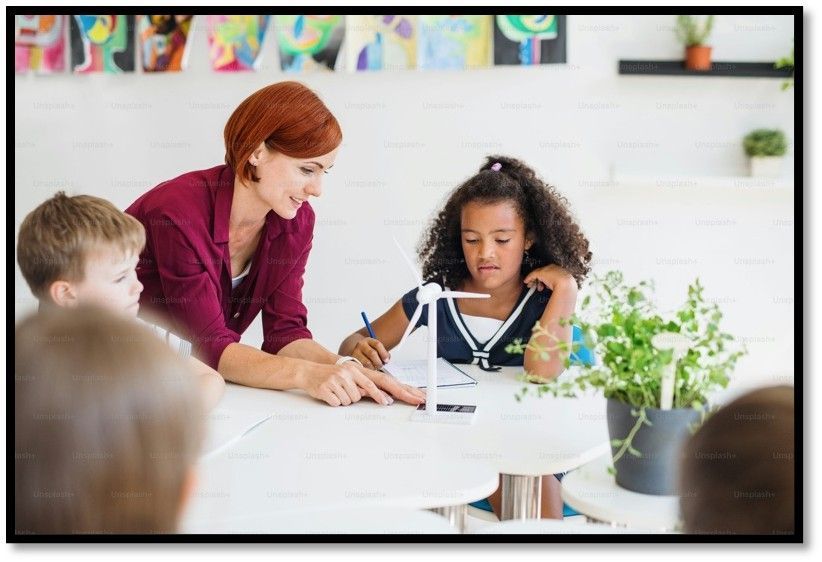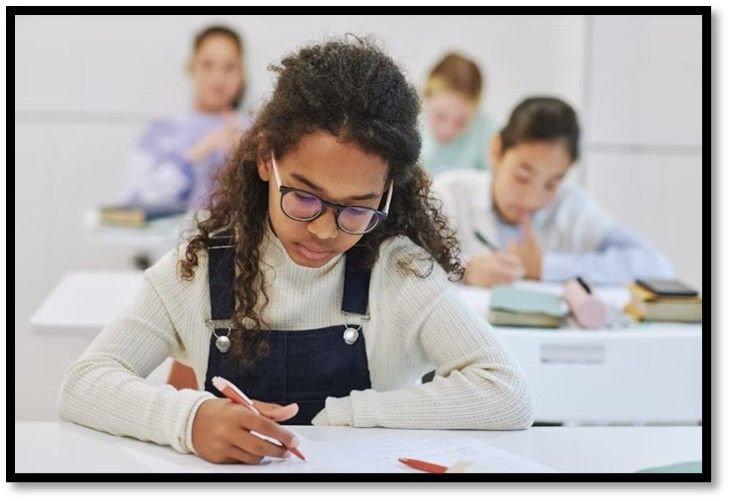What is the definition of the word “of”? Think about it for a moment. It’s one of those words you just knew from the time you were a child. You know how to use it and you can tell when it’s being used incorrectly, but you’ve probably never had to think about what it actually means.
“Of” is one of ten high-frequency words that make up 25% of the recorded English language. Although we use small words like “of” often, they can be tricky for young English language learners. How do you teach an English language learner the meaning of this word if you aren’t even sure of the actual definition yourself? Well, you could give him one of the twelve definitions listed in the Merriam-Webster online dictionary, but he probably wouldn’t understand most of them. For example, the first definition for “of” is: “used as a function word to indicate a point of reckoning”. Is that the first thing you thought of when you were trying to come up with the definition?
Children have an easier time learning nouns and verbs. After all, it’s easier to explain a “dog” and “jumps” than a word like “the”, “be”, or “of”. These small words are sight words, and the best way to learn sight words is through repeated exposure. That’s how you learned the correct way to use “of” yourself, by hearing it often in conversation, and seeing it repeatedly in text when you started reading. It is not really one of those words that you can “sound out”, so you need to visually memorize it, which is also known as orthographic processing. With orthographic processing, you learn to recognize the word from repeated exposures, so there is no need for an explanation on what it is or how to use it correctly; you just know the word over time.
According to Paul Nation , a leading language teaching methodology and vocabulary acquisition linguist researcher, a learner may need up to 15 or more exposures to learn a new vocabulary word or phrase. This may also be the reason why young children will ask to read the same story over and over and over again. Results from a 2011 study exploring how young children recall and retain new words through storybooks show that one group of children who heard the same stories repeatedly retained select new words much better than a second group of children who heard those same new words but in different stories; both groups heard the new words the same number of times. The data suggests “reading children stories multiple times in succession has a dramatic beneficial effect on vocabulary learning.”






